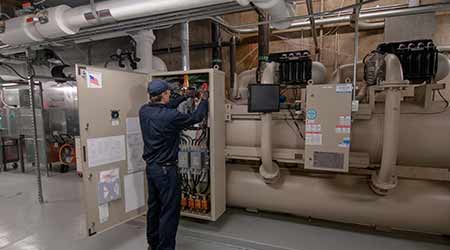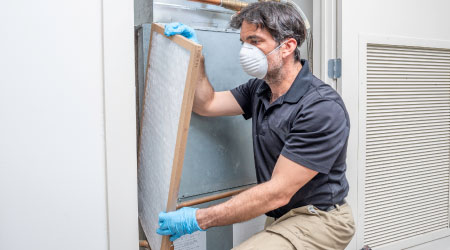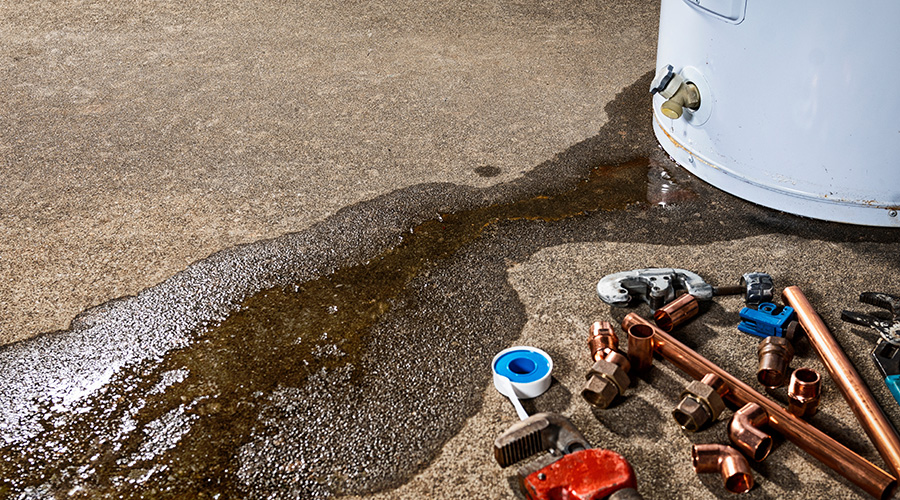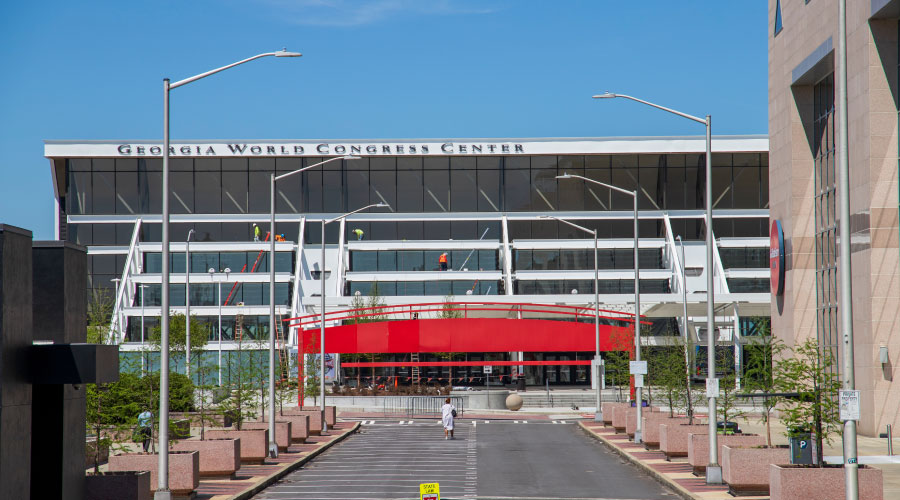 No standards exist to determine the length of time a manager should expect a chiller to operate, but workload over the years plays a major role in the decision.Photo: Daikin Applied
No standards exist to determine the length of time a manager should expect a chiller to operate, but workload over the years plays a major role in the decision.Photo: Daikin AppliedBuilding Automation Systems Change Chiller Performance Charting
Part three of a four-part article on chiller repair or replacement issues
Chiller technology also is changing how managers can proceed with their maintenance plans. One change is how technicians are charting the performance of their chillers.
“We did a customer survey panel, and 50 percent of the folks that responded log their chillers at least once a day, and most of them are doing this the old-fashioned way, with paper and pencil and storing the information in a binder next to the chiller,” Pagliaro Herman says. “If you’ve got somebody walking around for a half-hour or hour literally going up to the panels and writing down values and storing them in a binder, that’s not an efficient use of somebody’s time.”
Building automation systems can help managers streamline the process when logging a chiller’s performance.
“With the advances in chiller panels and Internet of Things technologies, we can connect that chiller to a cloud-based analytics system, capture that data, and store it electronically,” Pagliaro Herman says. “That helps reduce the time people spend logging the chiller. It also helps make that data more accessible to people when they need it.
“So when the chiller trips off in the middle of the night and the facility manager is at home, they can pull it up on a smartphone and take a look at what’s going on, and (they) can potentially send somebody to the site or decide that it’s something that’s not that critical.”
One trend that manufacturers see within facilities is managers outsourcing more chiller inspections and maintenance due to the increased technical aspects of the equipment.
“Fundamentally, chiller inspection is evolving: with the advent of the Internet of Things today’s customers get much more detailed information from manufacturers,” Parker says. “Through remote connectivity some OEMs are able to capture key data and, with remote analytics, analyze it versus design to provide the customer with actionable insight.”
If managers choose a third party to handle chiller inspections and maintenance, they should do their homework when deciding whom to trust.
“When managers need to engage a partner, make sure that partner understands the building system and the challenges the facilities manager has within the operation,” Leichner says. “Whether it’s reliability or comfort, the outsourcing entity can be a good partner who can watch out for their interests, optimize the plan, and provide the additional value of energy savings and operations savings.”
Data gathered when recording chiller performance can help managers and technicians establish effective maintenance plans.
“In addition to being able to respond to and troubleshoot problems, the advantage of having data accessible and in new analytics platforms is (that) we can be more predictive and proactive with maintenance,” Pagliaro Herman says. “Leveraging the analytics and the visualization, facility managers can do a better job of proactively identifying something before it goes wrong and take planned corrective action.”
Related Topics:















